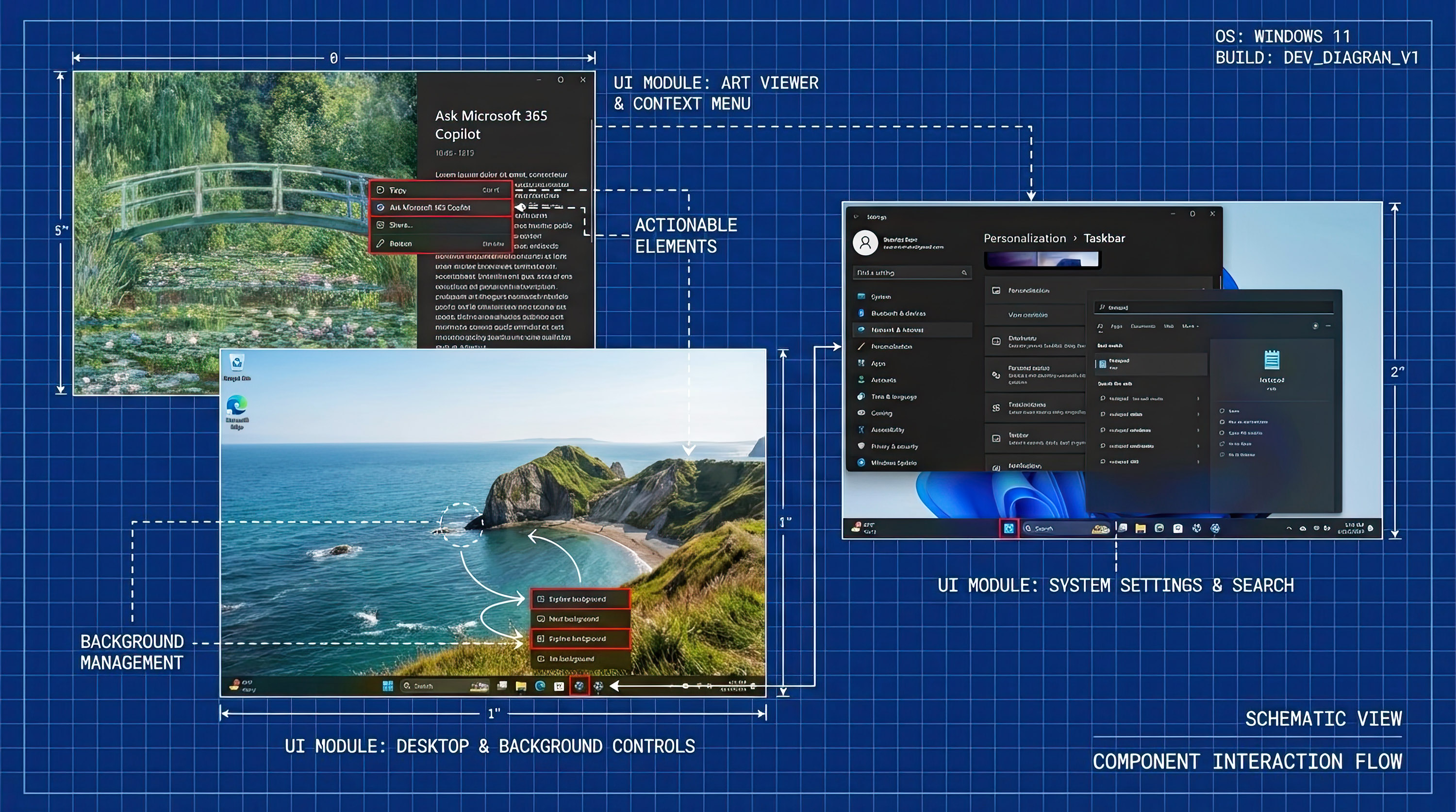Microsoft Edge, Chromium, and Blink FAQ: Everything you need to know
You have questions about the upcoming changes to Microsoft's Edge browser, and we have answers.
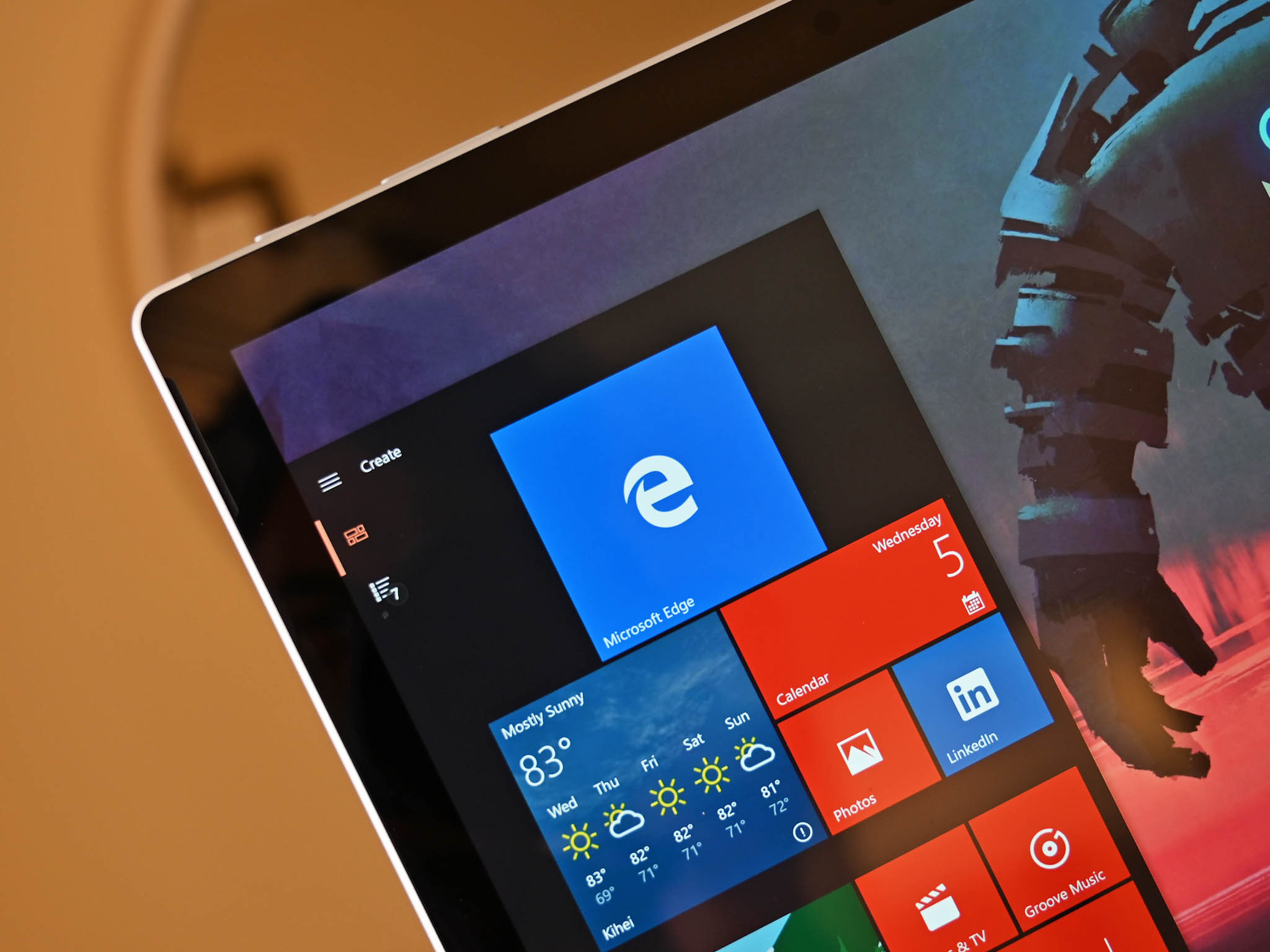
With news that Microsoft is officially changing its Edge browser from EdgeHTML to one based on the open-source Chromium Project, there are many questions about what it all means.
What is Chromium? How is it different than Google Chrome? Can the browser be updated without the OS? All of these questions and many more are answered in our new Edge and Chromium frequently-asked questions (FAQ) roundup.
Is Microsoft killing its Edge browser?
No. Microsoft Edge is sticking around and will have the same name and icon. The engine that powers Edge is being changed from EdgeHTML to Chromium's Blink.
Microsoft sees Edge as a browser for all its technologies and services across multiple platforms including all versions of Windows, iOS, Android, and even macOS.
Why does the change matter?
For consumers, the only difference will be a more web standards-compliant browser that works better than the previous EdgeHMTL one.
For web developers, it means less work, as there is no more of specific targeting EdgeHTML code for website compatibility. While the browser will be better in many ways, the overall look and feel should be similar, meaning many people won't notice the shift, at least visually.
When will we see these changes to Microsoft Edge?
A feature-incomplete preview version for developers will likely come in early 2019.
All the latest news, reviews, and guides for Windows and Xbox diehards.
There is no estimate on when Microsoft will ship the consumer version to the public, but it could happen in the second half of 2019.
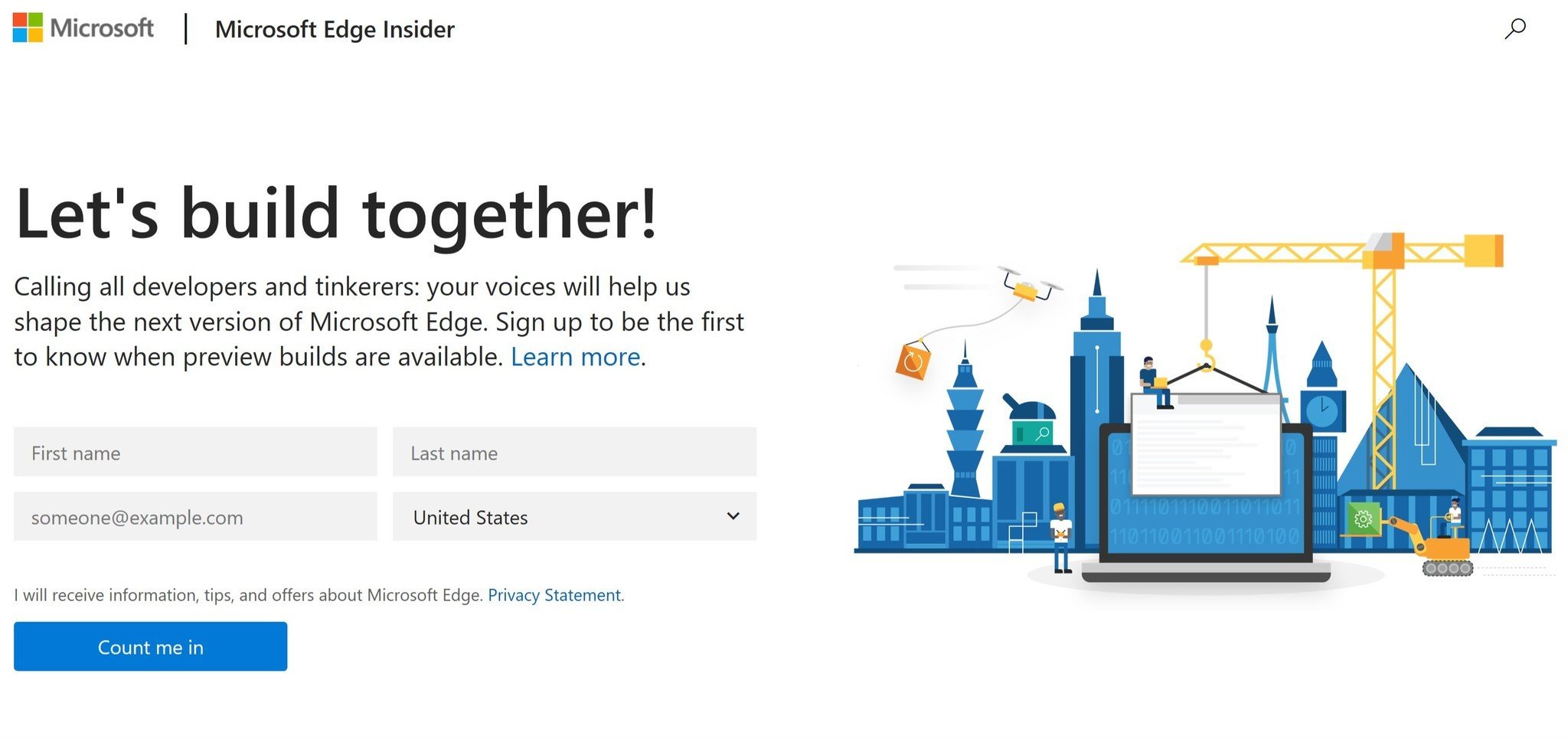
Where can developers sign up for the preview version when it eventually ships in 2019?
Developers and tinkerers are encouraged to sign up at Microsoft's Edge Insider site.
Will the new Microsoft Edge be powered by Blink or WebKit?
Microsoft will be using Blink, which falls under the Chromium Project and V8 for the JavaScript engine.
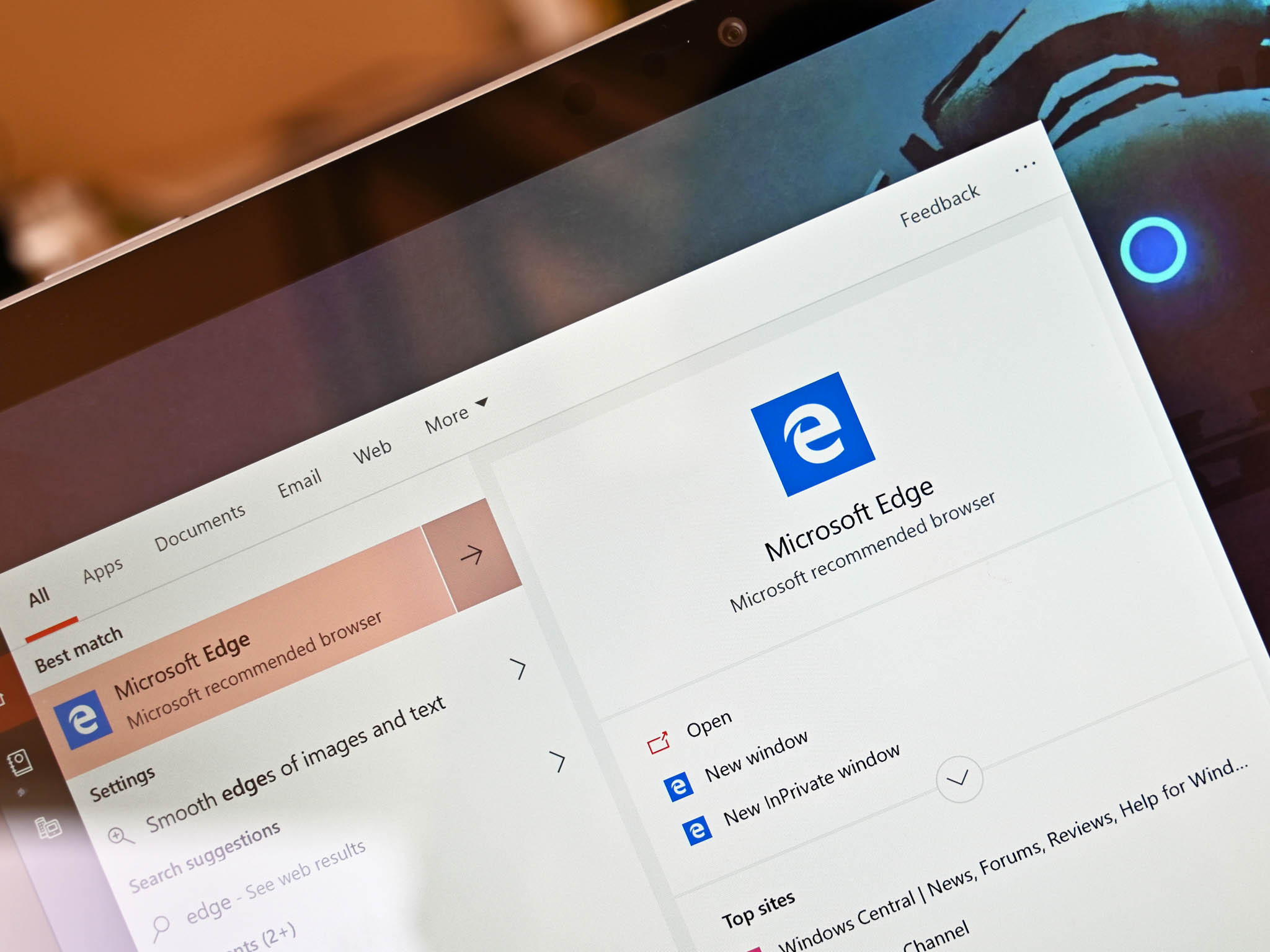
Why is Microsoft switching to Chromium and Blink?
There are a few reasons including EdgeHTML (and Edge) not gaining any significant market share compared to Google's Chrome browser with no obvious way to change that.
Businesses and enterprises are also driving the decision, as a Chromium-based browser can be updated independently of Windows, which can greatly help IT departments.
Microsoft also wants to contribute code to the Chromium project to help influence the future of the web. Microsoft is committed to open-source, and Chromium is one area where the company can contribute and make a difference.
Which versions of Windows will Edge (Chromium) support?
Microsoft will ship Edge (Chromium) to Windows 7, Windows 8, and all versions of Windows 10.
Will macOS ever get Edge (Chromium)?
Yes. Microsoft plans to bring Edge (Chromium) to macOS, too.
What's the difference between Chromium and Google Chrome?
Chromium is an open-source web browser that uses the Blink rendering engine. Google contributes a lot of code, proposals, and more to it, but any company or individual can do the same.
Google Chrome is a web browser built on Chromium that adds Google-specific features and services. It is similar to how the Android OS can exist without Google services, like it does on Amazon Fire tablets.
Other less popular browsers like Brave, Opera, and Beaker also use Chromium but have no ties to Google or its services.
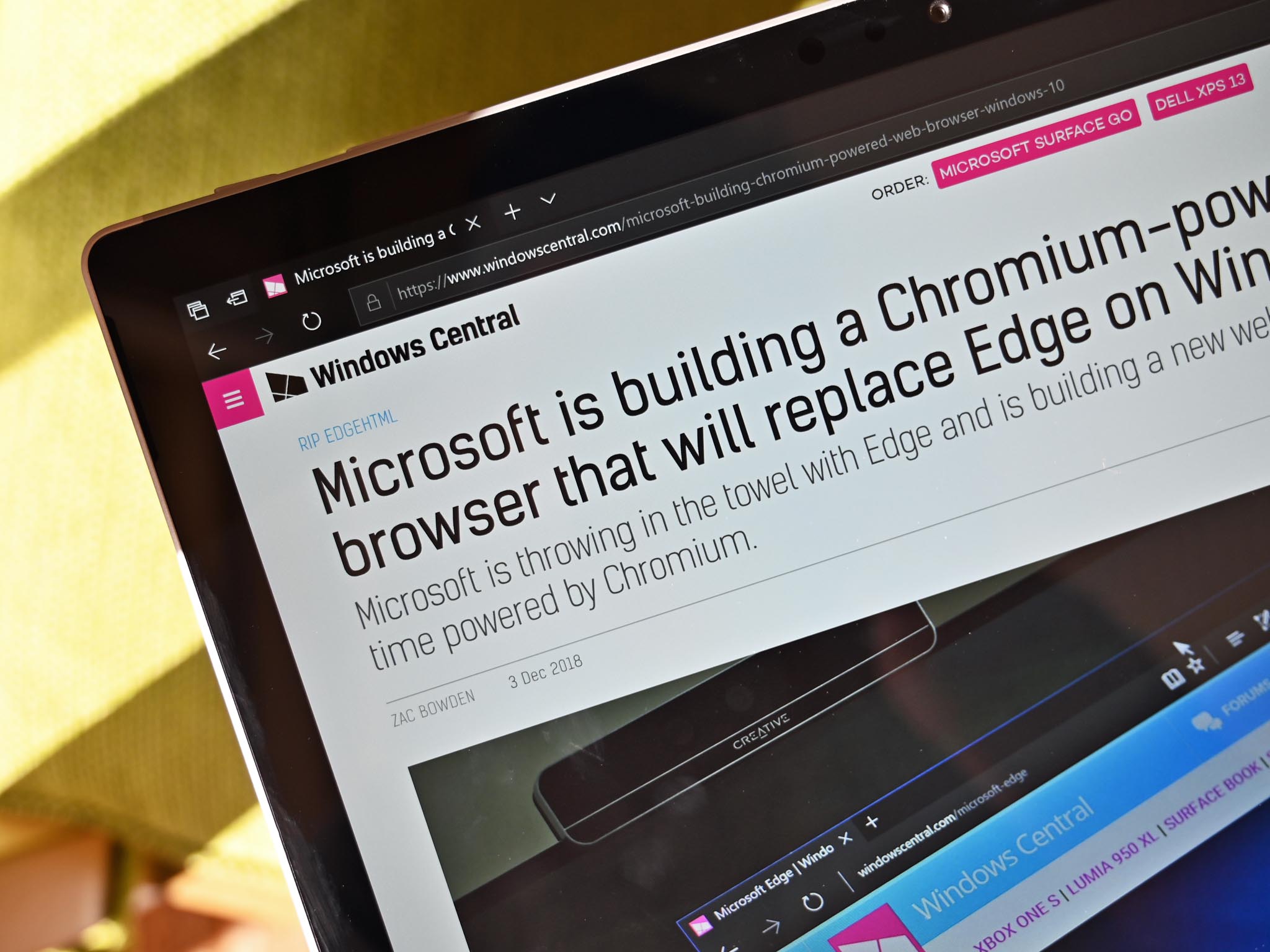
Does Microsoft using Chromium mean there will be Google services in Windows 10?
No. Microsoft Edge powered by Chromium will have Windows-specific features, including Microsoft Account support.
Does Microsoft using Chromium mean that Google Chrome is coming to the Microsoft Store?
There is no reason to believe that is going to happen or that a policy shift on browsers in the Store is being proposed.
How will Edge based on Chromium be updated?
Microsoft Edge (Chromium) will be updated independently of the OS, either through Windows Update, an in-browser updater, or another method.
The browser will not rely on OS updates for new features and users should expect regular updates to keep parity with the Chromium project.
Google Chrome is bad at battery life, touch scrolling, and mouse support. Why would Microsoft want that for Edge?
Microsoft is going to be actively contributing code to Chromium, including how to do proper touch-events like the way it works in the current version of Edge, and much more including ARM64 support.
Where there are issues, or things that don't work well in Windows, Microsoft will work with the open-source community to rectify those problems. That means all browsers, including Google Chrome and Brave, could also get these benefits if users prefer those browsers to the new Edge.
Will the new Edge look the same?
There will be many similarities, but there could also be some smaller changes.
What about inking, reading view, PDF support, and other Edge features?
Microsoft is attempting to port over code to the new Edge (Chromium) version. However, some features will be reevaluated for usefulness based on user telemetry and may eventually be removed.
Why is Microsoft announcing this so early?
Microsoft wants to signal to developers, partners, and the open-source community that it is invested in Chromium to be open and transparent.
What about 'Sets' for Windows 10?
Microsoft Sets depends on Edge, so the forthcoming feature is still being worked on, but development has slowed until the shift to Chromium takes place.
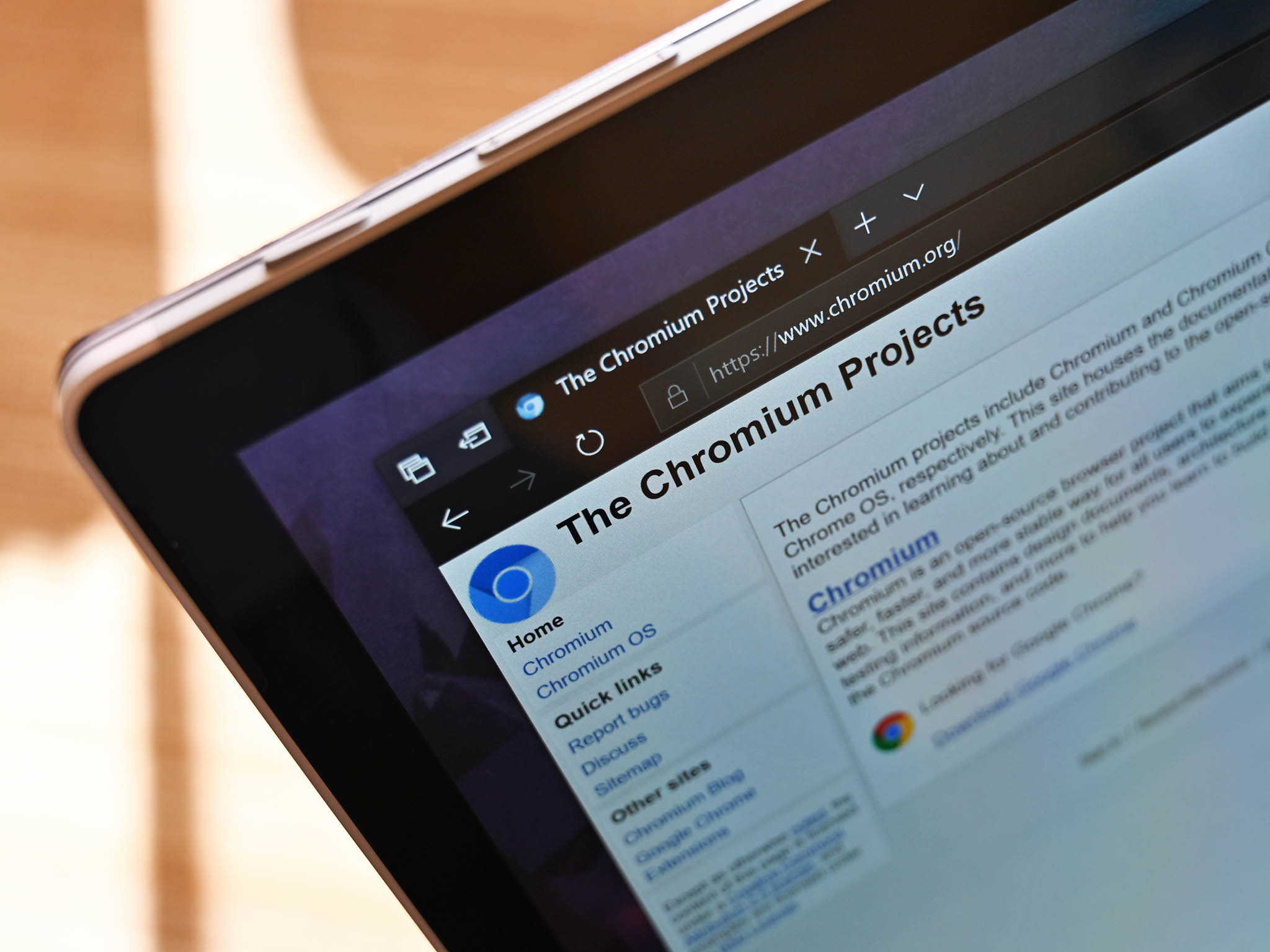
Is EdgeHTML in Windows 10 dead?
No. EdgeHTML is still a part of Windows 10, and things like WebView control will be used in Universal Windows Platform (UWP) apps for the foreseeable future with updates. However, what comes next remains to be seen.
What about browser extensions?
Due to being based on Chromium, there will be more extensions available than on the current version of Edge, with developers not having any new work to do. How those extensions will be discovered and distributed is not yet clear.
Does Microsoft giving up on EdgeHTML mean Google has 'won the web?'
In some ways, yes. But up until now, Google has had free reign to contribute code and proposals to Chromium without Microsoft. That is now shifting, and Microsoft will actively work on the Chromium Project, which means the future of the web – including what Google Chrome adopts – will be influenced by Microsoft. That's an interesting change in strategy versus a competing browser and browser engine.

Daniel Rubino is the Editor-in-chief of Windows Central. He is also the head reviewer, podcast co-host, and analyst. He has been covering Microsoft since 2007 when this site was called WMExperts (and later Windows Phone Central). His interests include Windows, laptops, next-gen computing, and wearable tech. He has reviewed laptops for over 10 years and is particularly fond of 2-in-1 convertibles, Arm64 processors, new form factors, and thin-and-light PCs. Before all this tech stuff, he worked on a Ph.D. in linguistics, performed polysomnographs in NYC, and was a motion-picture operator for 17 years.
